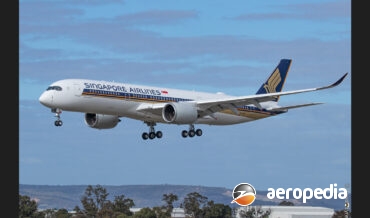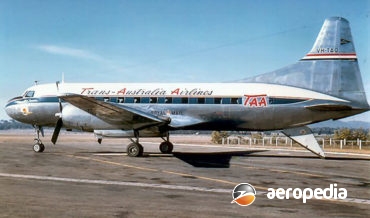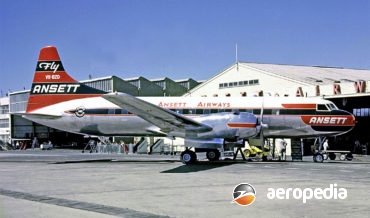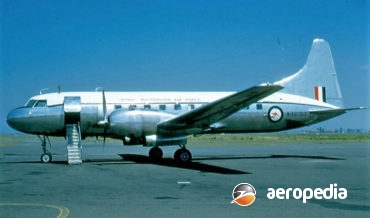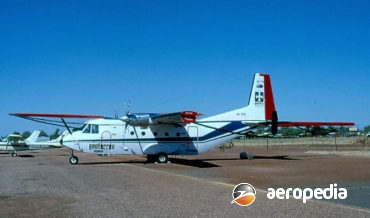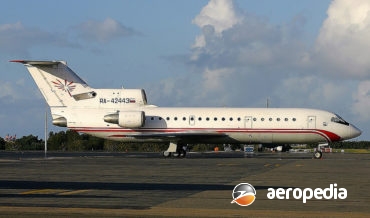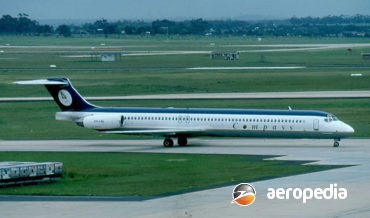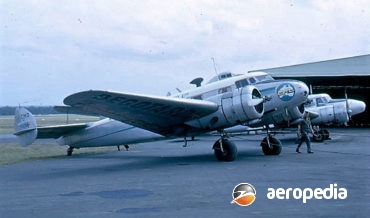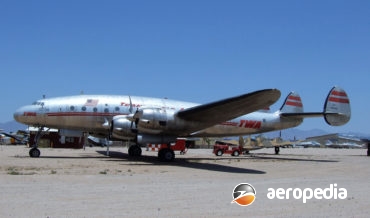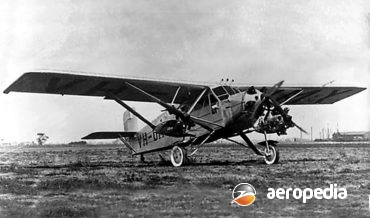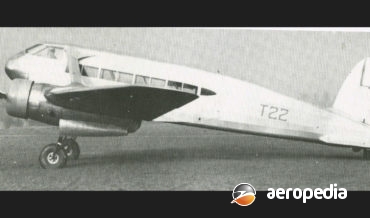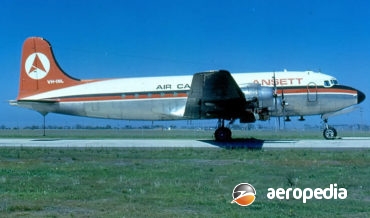All Contents
Contents
The Airbus A350 series was conceived in 2004 to meet a requirement of international airlines for an extra long-range airliner.
David C. Eyre
- June 26, 2020
The prototype of the Convair series of commercial airliners, the Model 110 (NX90653) was flown for the first time on 8 July 1946 at San Diego, being aimed at the market after World War II for the replacement of the DC-3.
David C. Eyre
- May 17, 2019
Following the widespread success of the CV-240 series, the Consolidated Vultee Aircraft Corporation of San Diego, California moved on to the development of the CV-340 series. Initially known as the CV-240A, the prototype (N3401) first flew on 5 October 1951, certification being obtained on 27 March 1952.
David C. Eyre
- May 17, 2019
Following the success of the earlier CV-240 and CV-340 models, Convair chose to continue refine the series, despite the inroads then being made into the airline market by the Rolls Royce Dart powered Vickers Viscount.
David C. Eyre
- May 17, 2019
A successful series of airliners produced in the 1950s was the Convair CV-240, CV-340 and CV-440 series, a number of which saw service with airlines in Australia, and two were operated by the RAAF VIP flight.
David C. Eyre
- May 17, 2019
The C212 Aviocar was a development of the CASA Aviocar STOL military aircraft designed to replace the Junkers Ju-52 and the Douglas C-47 in Spanish Airforce service.
David C. Eyre
- May 17, 2019
The Yak-42 is a three-engine airliner which was developed to replace the Tu-134 and An-24 in passenger service in the Soviet Union.
David C. Eyre
- May 8, 2019
The McDonnell Douglas MD-80 series, or Douglas DC-9 Super 80 Series as it was originally known, was the outcome of a continuous process of evolution and development from the basic and very successful DC-9 series, being basically a stretch of the DC-9 with new engines and designed to be more
David C. Eyre
- May 8, 2019
Designed in 1934 as a ten/twelve seat commercial airliner for airlines in the United States, the Lockheed 10 became a very successful aircraft until the advent of the larger Douglas DC-3.
David C. Eyre
- May 8, 2019
The Lockheed Model 49 Constellation, known originally as the Excalibur 44, was developed into a variety of variants over a period of 20 years to the Starliner.
David C. Eyre
- May 8, 2019
The Lockheed L-1011 Tristar (Model 193) was designed as a competitor for the Douglas DC-10, the manufacturer being approached by American Airlines to build an airliner smaller than the Boeing 747 but able to operate from its main bases at Dallas and New York to London and South America.
David C. Eyre
- May 8, 2019
The Lasconder was the second commercial aircraft designed and built by the Larkin Aircraft Supply Co Ltd (LASCo).
David C. Eyre
- May 8, 2019
In about May of 1970 it was announced to the press that negotiations had been in progress for sometime in relation to the possibility that the American-designed 36-40 seat GAC-100 feeder liner, powered by United Aircraft of Canada PT-6 turboprop engines, would be almost entirely built and assembled in Australia
David C. Eyre
- May 8, 2019
General Aircraft in 1934 appointed D L Hollis Williams as chief engineer and in that year the Company moved to Hanworth where he commenced design of the ST-18, a ten-seat, twin-engine, low-wing airliner with a cruising speed of 306 km/h (190 mph) and a range in excess of 966
David C. Eyre
- May 8, 2019
In 1939 the Douglas Aircraft Company decided to design and build a new four-engine airliner with an un-pressurised fuselage, providing accommodation for 42 passengers, and a range which was sufficient to permit US transcontinental performance, powered by the Pratt & Whitney R-2000 radial engine.
David C. Eyre
- May 8, 2019
The development programme for a lengthened Jetstream 31 began in May 1989, a full-scale mock-up being displayed at the 1989 Paris Airshow.
David C. Eyre
- May 8, 2019
AAC Amphibians Seastar VH-BAF³ (C/N 113031) In Tasmania (Unknown).
David C. Eyre
- May 8, 2019
Recent Comments
Archives
Categories
- No categories
Categories
- No categories
Latest Posts
Newsletter

